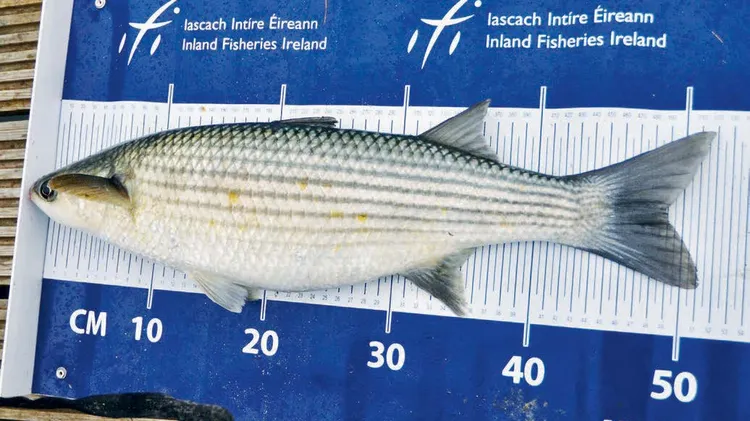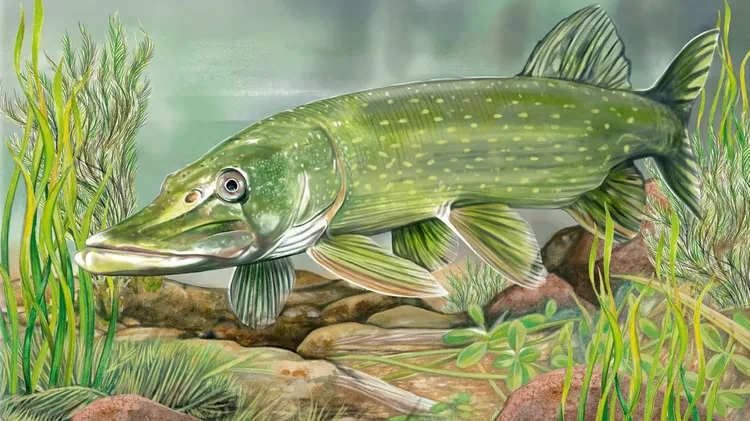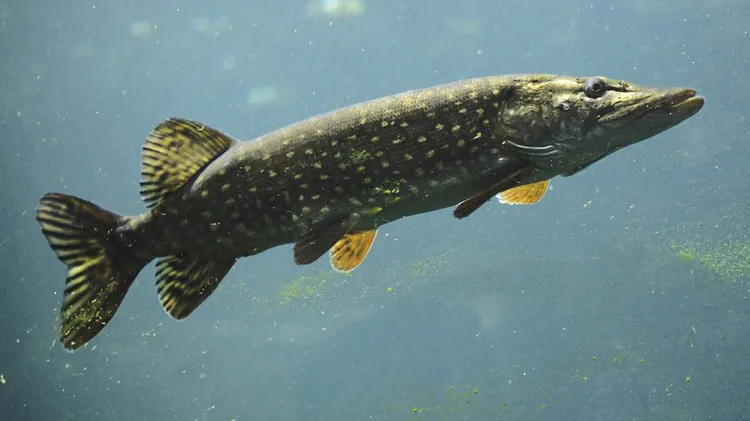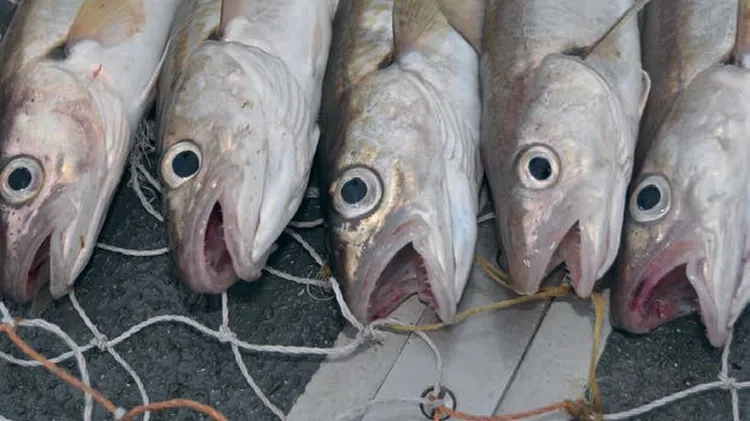An ancient and mysterious eel-like creature lurks on France’s riverbeds
What lies beneath
8 min read
This article is from...
Read this article and 8000+ more magazines and newspapers on Readly






